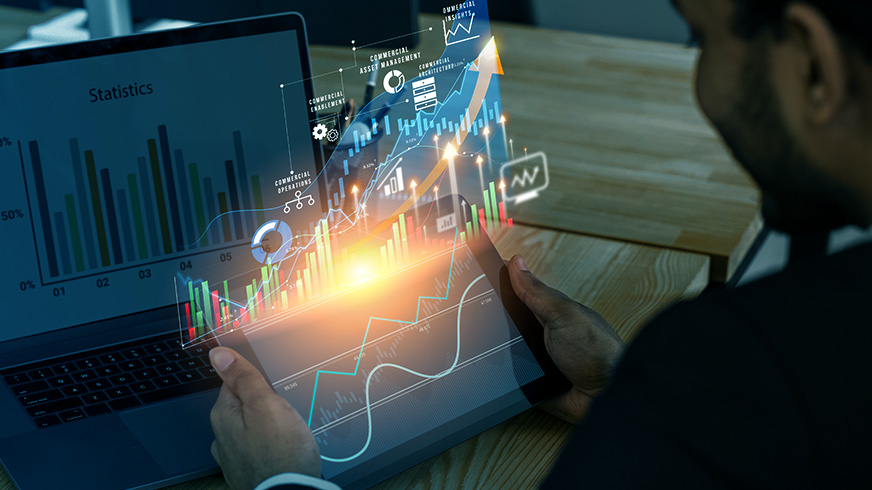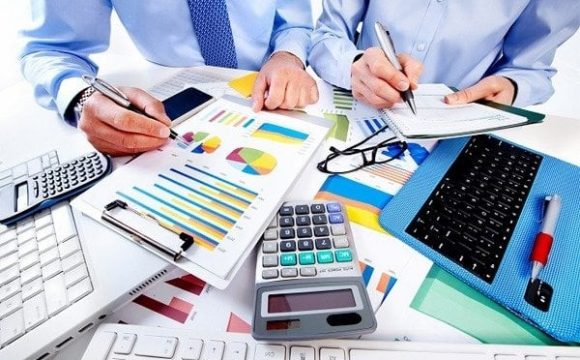Have you ever wished you could accurately forecast where stock prices are headed? Predicting future price movements reliably would be an extremely lucrative skill for traders and investors alike. While no one has an actual crystal ball, emerging technologies in the world of automated trading and artificial intelligence are making it possible to analyze vast amounts of data and spot patterns that can hint at where stocks might be going with increasing accuracy. By leveraging advanced machine learning algorithms, AI-powered automated trading systems crunch through reams of information from multiple sources to generate predictive models and make data-driven forecasts on stock prices.
Mountains of data
For AI algorithms to have a shot at accurately predicting stock prices, they need to be trained on truly immense datasets spanning:
- Historical price data – Minute trading data on all stocks going back years or decades, including prices, volume, volatility indicators, etc.
- Company fundamentals – Detailed information on each company’s financial statements, key executives, product lines, and operations.
- Market data – Live pricing feeds, economic data releases, exchange order book data showing order flows.
- News and events – Archives of news articles, earnings reports, SEC filings, and management calls/interviews about companies.
- Alternative data – More unique datasets like social media sentiment, consumer transactions data, satellite imagery, and more.
The sheer size and variety of this “big data” universe dwarfs any human’s ability to process it all manually. But that’s precisely where machine learning models excel – ingesting these massive, multi-dimensional datasets to extract meaningful insights.
How do AI models learn?
So, how exactly do quantum ai trading systems use all this data to start making predictive stock forecasts? It comes down to sophisticated machine-learning processes:
- Data preprocessing – First, data needs to be prepped by converting it into standardized, “clean” numerical formats that algorithms can parse.
- Feature Engineering – Then, humans identify the most relevant data fields (price histories, news sentiment, etc.) to serve as “features” for the algorithms to analyze.
- Model Training – Using these labelled features as inputs, different AI model architectures like neural networks, random forests, etc., are trained on the dataset using varied techniques to uncover correlations that may predict stock price movements as the target output.
- Backtesting – To validate predictive performance, each trained AI model is backtested across historical data to analyze how accurate its forecasts were compared to known prior price movements.
- Ensembling – For robustness, predictions from multiple models can be combined into coherent “ensemble” forecasts drawing upon different models’ strengths.
- Iteration – In a continuous feedback loop, model performance analysis yields tweaks to architectures, features, and data to iteratively improve predictive accuracy.
Popular AI models for stock forecasting include neural networks, gradient boosting, Bayesian models, and more cutting-edge techniques from academia. The core premise is to extract meaningful patterns with predictive power from structured and unstructured data.
From prediction to execution
So, what happens next once an AI trading system generates predictive forecasts for future stock prices? Well, the best systems implemented their models through automated trade execution. Using integrated brokers or exchange connectivity, AI trading algorithms automatically place the appropriate orders to get ahead of predicted price moves. Buy orders if the AI forecasts suggest a stock’s price will rise soon. Sell orders if downward price action is likely. And all at quantified confidence intervals.
- Real-time market conditions like liquidity and volatility
- Portfolio risk metrics, hedging requirements, and cash balances
- Advanced order splitting and routing tactics to minimize slippage and market impact costs
Some automated trading systems go further by performing “reinforcement learning” – dropping their AI models into simulated market environments to test and refine execution tactics through repeated trials. Results from automated live trading get fed back into the algorithms for iterative model refinement and continuous enhancement to predictive capabilities. It’s this powerful combination of cutting-edge AI technology for stock price forecasting, synced with automated intelligent execution and feedback loops, that empowers these systems to grow more innovative and profitable over time.






